Skip to product grid
-
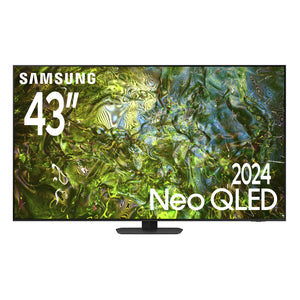
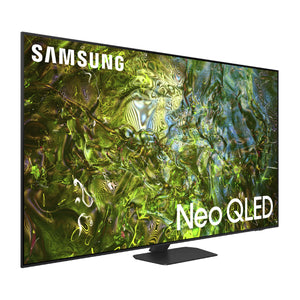 Vendor:Samsung
Vendor:SamsungSamsung NEO QLED 2024 QN43QN90DA 43" inch 144Hz 4k Smart Tv
Regular price $1,699.99Regular price$1,699.99Sale price $1,699.99 -
-$300.00
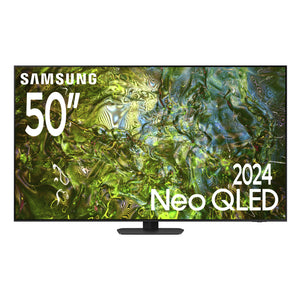
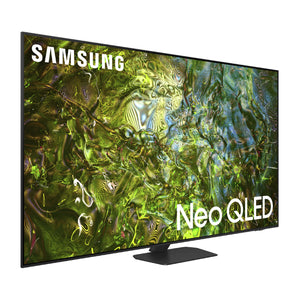 Vendor:Samsung
Vendor:SamsungSamsung NEO QLED 2024 QN50QN90DA 50" inch 144Hz 4k Smart Tv
Regular price $1,699.99Regular price$1,999.99-$300.00 Sale price $1,699.99 -
-$500.00
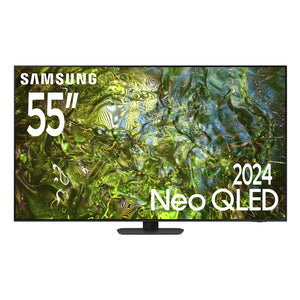
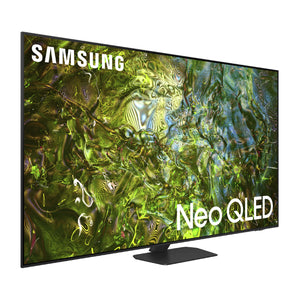 Vendor:Samsung
Vendor:SamsungSamsung NEO QLED 2024 QN55QN90DA 55" inch 144Hz 4k Smart Tv
Regular price $1,899.99Regular price$2,399.99-$500.00 Sale price $1,899.99 -
-$800.00

 Vendor:Samsung
Vendor:SamsungSamsung NEO QLED 2024 QN65QN90DA 65" inch 144Hz 4k Smart Tv
Regular price $2,499.99Regular price$3,299.99-$800.00 Sale price $2,499.99 -
-$800.00
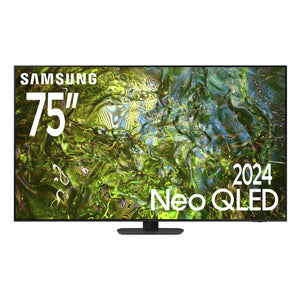
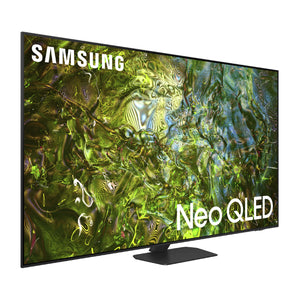 Vendor:Samsung
Vendor:SamsungSamsung NEO QLED 2024 QN75QN90DA 75" inch 144Hz 4k Smart Tv
Regular price $3,499.99Regular price$4,299.99-$800.00 Sale price $3,499.99 -
-$1,000.00

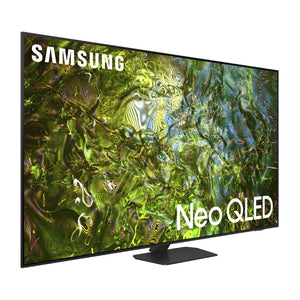 Vendor:Samsung
Vendor:SamsungSamsung NEO QLED 2024 QN85QN90DA Television 85" inch 144Hz 4k Smart Tv
Regular price $4,799.99Regular price$5,799.99-$1,000.00 Sale price $4,799.99 -
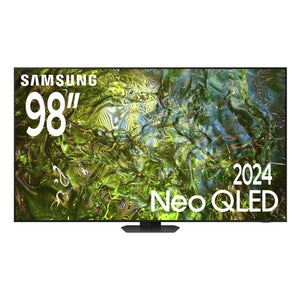
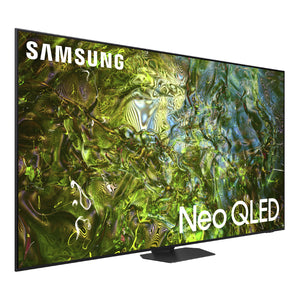 Vendor:Samsung
Vendor:SamsungSamsung NEO QLED 2024 QN98QN90DA 98" inch 144Hz 4k Smart Tv
Regular price $19,999.99Regular price$19,999.99Sale price $19,999.99 -
-$600.00

 Vendor:Samsung
Vendor:SamsungSamsung OLED 2024 QN65S90DA 65" inch 144Hz 4k Smart Tv
Regular price $6,499.99Regular price$7,099.99-$600.00 Sale price $6,499.99 -
In Order
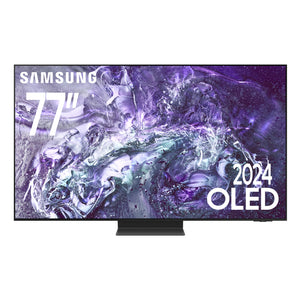
 Vendor:Samsung
Vendor:SamsungSamsung OLED 2024 QN77S95DA 77" inch Non-Glare 144Hz 4k Smart Tv
Regular price $5,499.99Regular price$6,099.99-$600.00 Sale price $5,499.99 -
-$800.00

 Vendor:Samsung
Vendor:SamsungSamsung OLED 2024 QN65S90DA 65" inch 144Hz 4k Smart Tv
Regular price $4,099.99Regular price$4,899.99-$800.00 Sale price $4,099.99 -
In Order
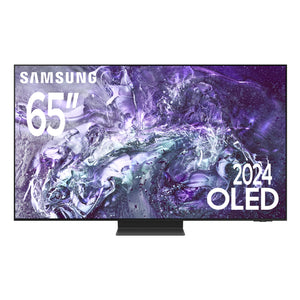
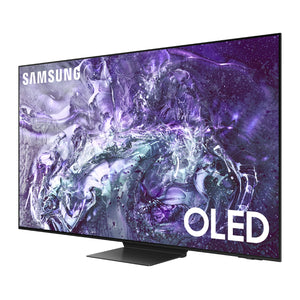 Vendor:Samsung
Vendor:SamsungSamsung OLED 2024 QN65S95DA 65" inch Non-Glare 144Hz 4k Smart Tv
Regular price $3,499.99Regular price$4,099.99-$600.00 Sale price $3,499.99 -
-$800.00
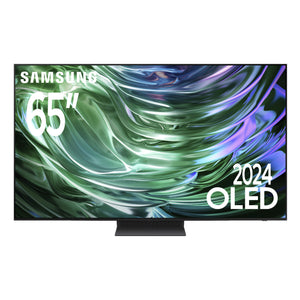
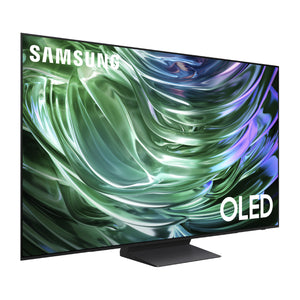 Vendor:Samsung
Vendor:SamsungSamsung OLED 2024 QN65S90DA 65" inch 144Hz 4k Smart Tv
Regular price $2,599.99Regular price$3,399.99-$800.00 Sale price $2,599.99 -
-$500.00
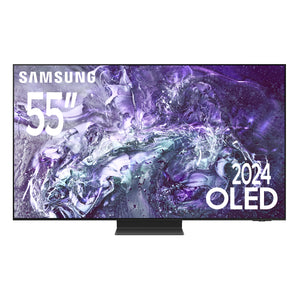
 Vendor:Samsung
Vendor:SamsungSamsung OLED 2024 QN55S95DA Television 55" inch Glareless 144Hz 4k Smart Tv
Regular price $2,699.99Regular price$3,199.99-$500.00 Sale price $2,699.99 -
-$500.00
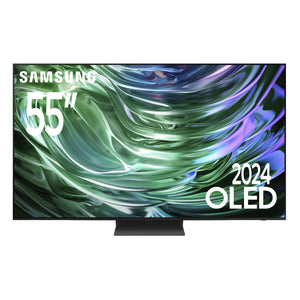
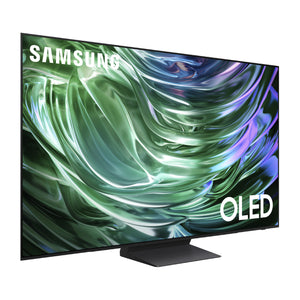 Vendor:Samsung
Vendor:SamsungSamsung OLED 2024 QN55S90DA 55" inch 144Hz 4k Smart Tv
Regular price $1,999.99Regular price$2,499.99-$500.00 Sale price $1,999.99 -
-$300.00

 Vendor:Samsung
Vendor:SamsungSamsung OLED 2024 QN65S90DA 65" inch 144Hz 4k Smart Tv
Regular price $1,699.99Regular price$1,999.99-$300.00 Sale price $1,699.99 -
-$250.00

 Vendor:Samsung
Vendor:SamsungSamsung OLED 2024 QN65S90DA 65" inch 144Hz 4k Smart Tv
Regular price $1,599.99Regular price$1,849.99-$250.00 Sale price $1,599.99

































